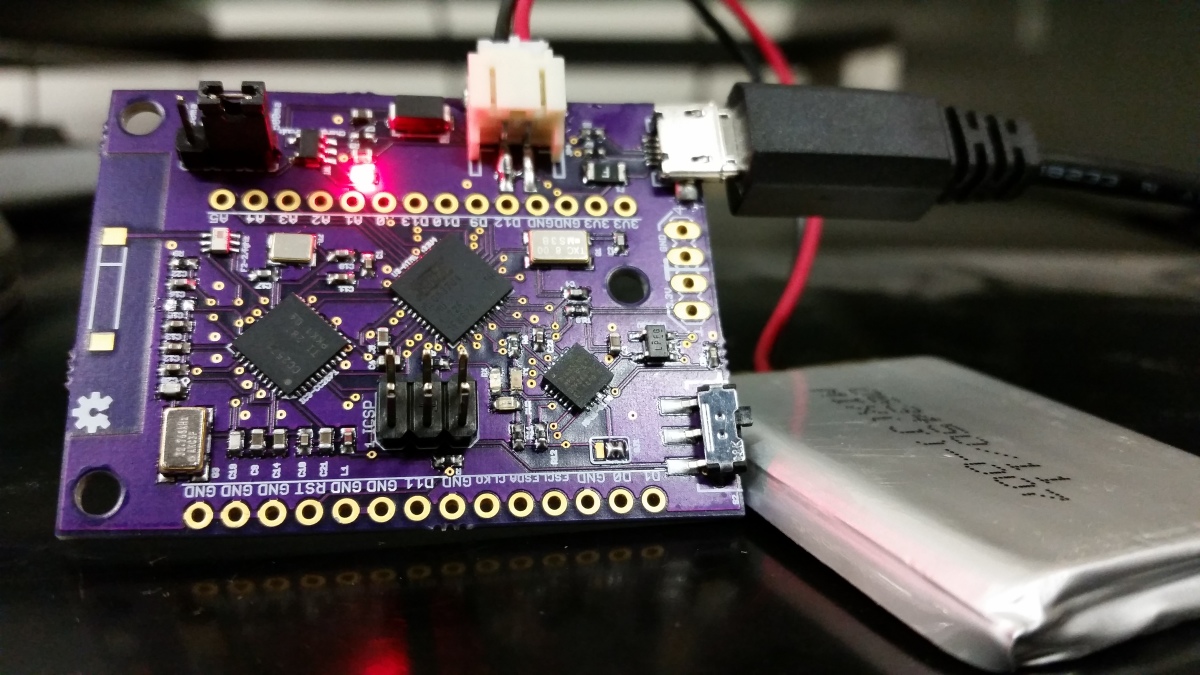
Resonant Refraction
A Math-Art Collaboration between William Kronholm Ph.D, Julie Pate, and Aaron Bocanegra
The intent of this project is to create a medium for artists to use for immersive environments. Being a medium it has a multiplicity of possible uses. Local data revealing global information is the fundamental process of this system.
Collaboration between the arts an sciences has had many fruitful moments. However, there is a tendency for it to be an illustrative collaboration rather than a meaningful collaboration feeding back between the fields. It is imperative that the individual aesthetics of both math an art are respected on equal grounds. Through a truly interactive collaboration higher level mathematics and art research practices have the capacity to create new territories.
In brief, the custom designed open source hardware act as nodes. Each node has the ability to send out it’s own address and receive it’s neighbors (I am 1 an I see 2). Once it receives a neighbor’s address it then communicates back to the brain, or central node. Each node’s range is approximately 5 feet, greatly extending to communicate to the brain. The technology is designed to be simple, cheap and accessible. Once the data is received by the brain it begins to compute the homology of the coverage area. The output has many levels of detailed information far beyond the basic data it has received.
The project in which Aaron, Julie, and Bill are applying this math-art technology consists of designing a spatial interactive musical instrument. Not responsive noise, rather a space where bodies can interact in a manner that will create music. As with all instruments there will certainly be a learning curve. The music will be generated using the simplicial complex calculated by the relationships of nodes in space. Each complex will be treated as a measure of the composition. That information will then be fed into SuperCollider where the rules will create the music from the data. This instrument will be able to be tune an hacked by the user. The long term goal is to create nodes fast enough to allow the performers to create the music they are dancing to in real time. Currently the system is still a bit slow, so quick movements may go unnoticed. In addition to the physical and musical performance 3D prints of the simplicial complexes will be made. These math objects will stand as documents of the performance as well as allow us to explore methods for visualizing the homology without forcing an artistic aesthetic on the object. The aesthetics math and art both have their roles in this work, and they play well together.
Aaron Bocanegra won the Distinguished Artist in Residency at Whittier college for the Fall of 2011 to facilitate the collaboration as well as to co-teach a course challenging undergraduate students from a variety of majors to make their own art projects with the technology. As part of the grant Aaron and Bill are working towards an exhibition in April of 2012 where their project will be shown alongside the work of their students.
Bill Kronholm, phd. is a mathematician specializing in Topology. He teaches at Whittier College.
Julie Pate is Los Angeles based artist.

Texture Overload
Video and Painting. A collaboration with Julie Pate
https://www.youtube.com/watch?v=70kwGKJX95Y
Exhibited in the group show Gun Control at the 555 Nonprofit Gallery in Detroit.
A collaboration between Aaron Bocanegra and Julie Pate. Using custom paintballs filled with nail polish we created a painting on a long roll of canvas using a paintball gun.
Text from the Show
GUN CONTROL
CONTROL DE ARMAS
Why do we fear one another? What role does each of us play in perpetuating gun violence in American society?
What does “safe” look like?
¿Por qué tenemos miedo el uno al otro? ¿Cuál es el papel qué juega cada uno de nosotros en la
perpetuación de la violencia armada en la sociedad estadounidense? ¿Qué significa estar “seguro” en
nuestra comunidad?
Join 555 as we present a visual debate about the Second Amendment of the US Constitution, which guarantees
the individual right to bear arms. This exhibition is intended to provoke a lively political, emotional, and
philosophical examination of the rights and responsibilities of gun ownership and use in a “free” society.
Ingreso 555 como se presenta un debate visual sobre la Segunda Enmienda de la Constitución de los
Estados Unidos., que garantiza el derecho individual de portar armas. Esta exposición tiene como
objetivo provocar una examinación animada política, emocional y filosófica de los derechos y
responsabilidades de posesión de armas y su uso en una sociedad “libre”.
This exhibition includes works by over 25 artists from across the country and around Metro Detroit.
Esta exposición incluye obras de más de 25 artistas de todo el país y alrededor de Metro Detroit.
Opening Reception
Sunday, May 5th 6 – 9 PM
Recepción de Apertura
Domingo, 05 de mayo 6 – 9 pm
Closing Reception in conjunction with Third Thursdays art crawl
May 16th 5 – 9 PM
Cierre de recepción junto con el Tercer jueves del “art crawl”
16 de mayo 5 – 9 PM
555 Nonprofit Gallery & Studios
2801 W. Vernor Hwy. | Detroit, MI 48216
(888) 496 – ARTS | www.555arts.org
Gallery Hours TTh 2-5 PM Sat 11-3 PM & By Appointment
Galería Horas TTH 2-5 PM Sab 11.03 PM y por cita arreglada
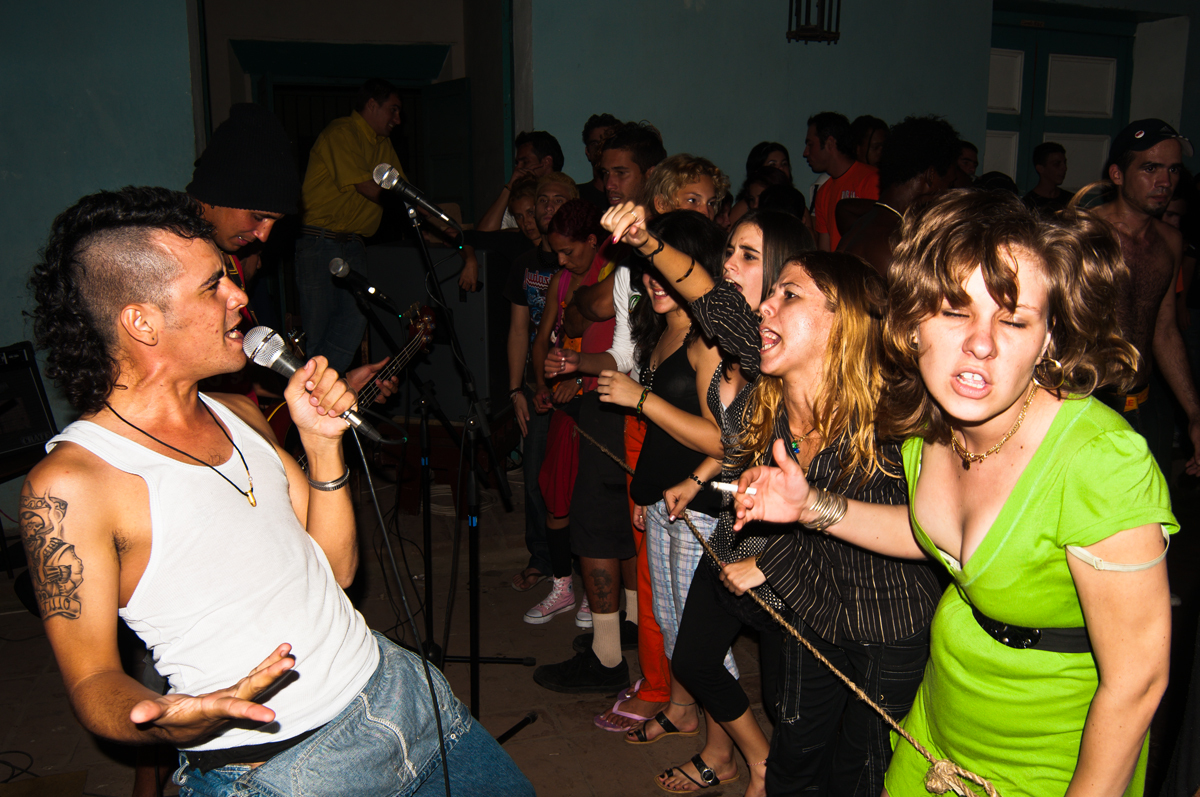
Muestra Fotografica: Rock Solidario | Photo Show: Solidarity Rock
A group show Shown across Cuba and Canada
A group show exploring the burgeoning punk scene in Cuba.
Artists
Aaron Bocanegra
Drew McIntosh
Samuel Reina Calvo
Sandy Phimester
Bryan Kulba
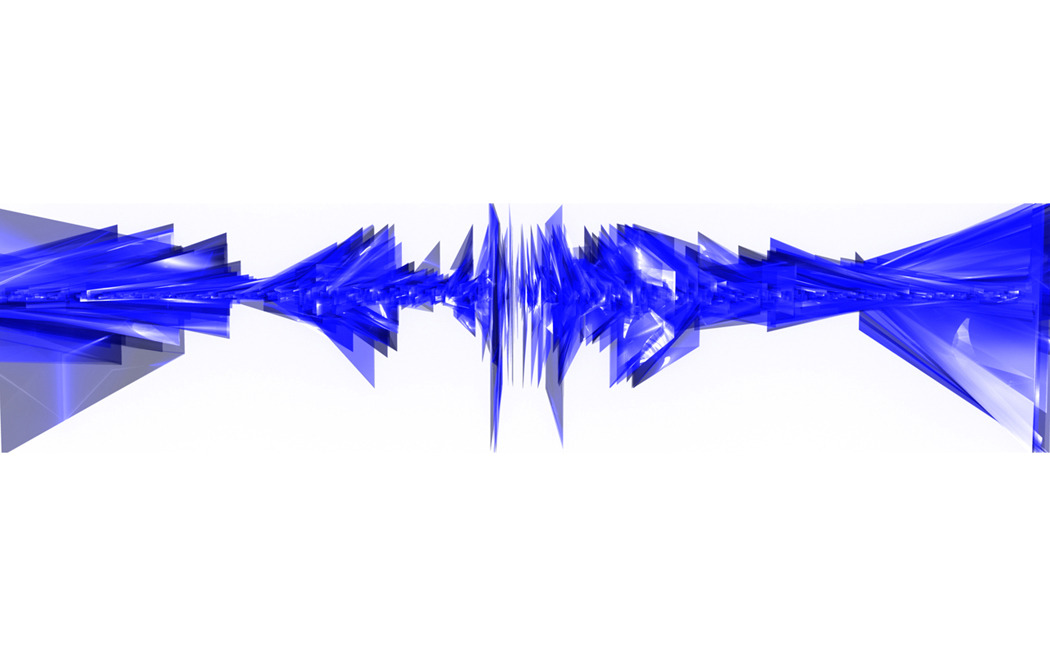
EEG Explorations
A self-built open source EEG machine developed as a platform for exploring brainwaves in an art context.
The electroencephalograph (EEG) is a tool used to monitor brainwaves in a subject. There are a few consumer models out there. However, Aaron wanted to develop an open source platform that is more accessible to artists and makers. The EEG is based around a self made Arduino on a custom designed board.
Still in it’s early stages of version 1, the machine reads 2 channels through 4 electrodes. Future versions will be more expandable and faster. However, accessibility will always be a requirement.
A central concept of research an design based art is that the technology created be thought of as a platform for a medium of art rather than having a single purpose. The EEG machine has many directions it can be taken. For the first exploration of the technology the brainwaves are recorded during various acts like making a painting. Once they are recorded they are transformed into a 3 dimensional object in modeling software. The rules are based off of amplitude, frequency and time, which interact to create the form. At this point the work is still a 3D digital object. However, experiments are underway with open source 3D printers to make a physical object.
This work won Aaron Bocanegra the Artist of the Month for March 2011 from the George Greenstein Institute.
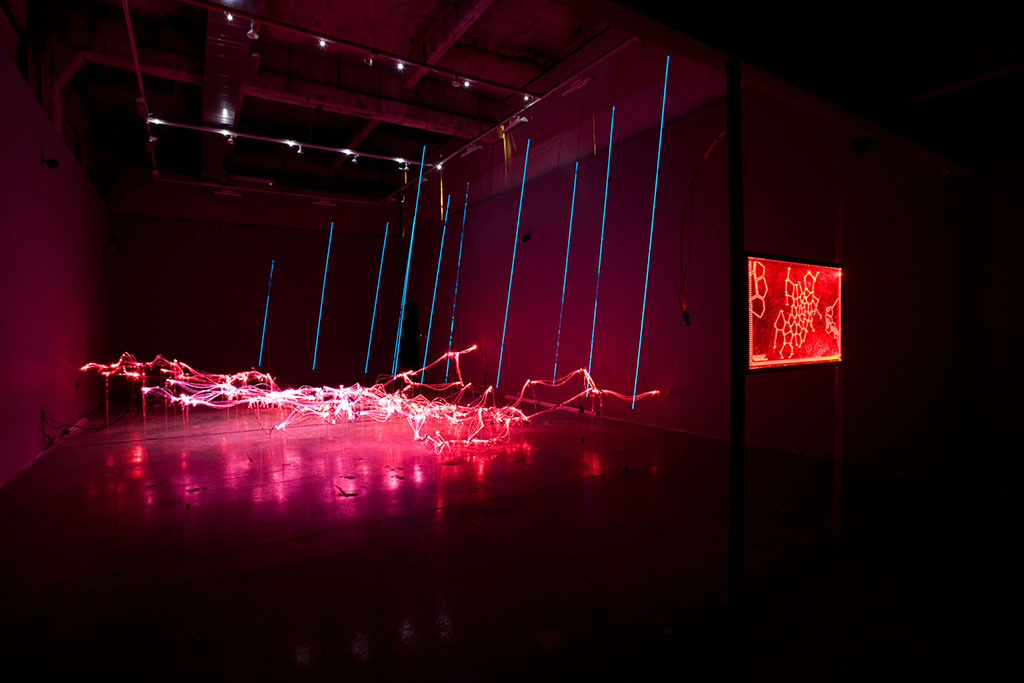
Quasar
An immersive an interactive light, sound and sculptural site-specific installation at SCI-Arc in Los Angeles.
*Featured Photo Take By JoshuaWhite
Quasar Collaborators:
Jean-Michel Crettaz
Aaron Bocanegra
Mark-David Hosale
Duly Lee
SLAC
KAVLI
Opening reception
Friday, January 25, 2008 : 7–9pm
Exhibition Discussion
Friday, February 15 2008 : 7pm with Eric Owen Moss and participants from the Stanford Linear Accelerator Center, Stanford’s Kavli
Institute for Particle Astrophysics and Cosmology.
Quasar is a collaborative project developed in association with SLAC (Stanford Linear Accelerator Centre) and the Kavli Foundation (Institute for Particle Astrophysics and Cosmology) at Stanford. The aim of this collaboration is to develop the more general concept of this art and science project as an idea model with the goal of proving the theoretical and practical basis and support of accessing astrophysical and exhibition-related data.
Quasar has evolved into an interactive space made from a light-emitting tubular system realized as a light-soundinstallation comprised of a dense array of interlinked optical components suspended across the gallery like a web. The gallery is fitted with sensors that draw real-time data from the installation and the people within the exhibition, which is then synchronized with streamed real-time data of solar activity and nuclear processes provided by SLAC and NASA. This information is then fed back into the object through layers of LED strands, re-visualizing the space in order to create an interactive spatial experience. In the gallery space, a touch screen allows for a control-room like interaction with the exhibition. The space has vertically fitted piano sound cables and sensors that draw the ambient energy from within the gallery into the Quasar web. The sum of the various streamed inputs are converged to create the Quasar’s many life forms of sound and light effects, ranging from quiet breathing and pulsations, to moody outbreaks when challenged, or collapse when overcharged. The sound scapes take on the role of communicating a simulated and transformative physical body with the neural system evidenced through layers of wave-pulsations and field frequency activations creating an always changing and interactive momentary ephemeral-spatial construct.
Quasar is a contraction of quasi-stellar-radio-source, used to describe entirely unknown objects in outer space. Today, astronomers believe quasars are the most distant objects yet detected in the universe. They give off enormous amounts of energy, with the possibility of being extensively brighter than our solar system and producing their energy from massive black holes in the center of the galaxies in which the quasars are located. The adoption of the name points to the idea of the physical demarcation of our known universe with the limits set to our epistemological horizon. Quasar defines an object connecting different scales, ranging from outer space to nuclear particles, with the human mindset in between these polarizing horizons. Working with interrelated scale lets synthetic and natural processes define the source of new emergent ecologies. Quasar questions the boundaries of scale and the psyche, offering immersion into a vastly expanded space that renders perception permeable, and in the end, disperses identity.
The Kavli Institute developed the stunning data visualizations of expanding uni- and multiverses made accessible for the Quasar show. SLAC’s communications office organized multiple interviews with scientists to develop Quasar’s theme and lend the extensive technology for out-of-space particle detection for the exhibition. Other teams worked out
of New York, developing the various digital interfaces, while the Quasar brain technology was conceived and designed by MarkDavid Hosale in Santa Barbara. Glassshadows, Detroit and New York, developed the Quasar website and the acoustics were developed with Pieter Schlosser at Remote Control Production in Santa Monica. The design and production of Quasar is the result of an interdisciplinary team of over 30 collaborators developing and
producing the components that make up the exhibition. Assembly and detail conception as developed with the ingenuity of the SCI-Arc student community. }
Slap! creative team:
Jean Michel Crettaz
Aaron Bocanegra
Markdavid Hosale
Duly Lee
Consultants:
LED and Control Electronics: Dave Birns, Saturo Sugihara, James Peterson
Enginering:
Bruce Danzinger, Arup LA
Interview and data support:
Marusa Bradac, Astrophysicist on
Black Holes, Dark Matter, Dark Energy
Neil Calder, Dir. Communications SLAC
Stanford
Shammit Kachru, Theoretical Physicist
Multiverse KAVLI Theory
Uwe Bergman, Scientist SSRL SLAC X-Ray Technology
David Harris, Chief Editor Symmetry; NCSA National Center for Supercomputing
NASA National Aeronautics and Space Administration
Data Visualization:
Ralph Kaehler, Cosmological Data Visualization Berlin/Stanford
Wok Doan
Sound Design:
Pieter Schlosser, Remote Control Production
Web interface:
Jonathan Stasiak, Rainer Jürgens,
Glassshadow New York
Manufacturing:
Rives Rash-La, James Peterson
SCI-Arc project production team:
Christopher Norman, project manager
Sung Chon
Elif Ensari
Kris Feldmann
Deborah Fuentes
Teahyoun Gu
Michael Harrison
John Hartman
Yasmeen Kaan
Laura Karnath
Ryan Kehoe
Kason Kim
Minkyu Kim
Gordan Lai
Pablo Lee
Channah Levy
Xiaoxuan Lu
Jorge Mutis
Jeongsun Oh
John Peck
Jessica Rivera
Randy Stogsdill
Chris Ward
Mike Wyrochanski
Sponsors:
Anthony Gallo Acoustics Chatworth,
Revolution Audio and Video, Agoura Hills
Slap! The LA/NY based media design association was formed with the intent on
exploring conceptions of emergent synthetic ecologies. Founding members Jean-Michel
Crettaz, Aaron Bocanegra and Duly Lee.
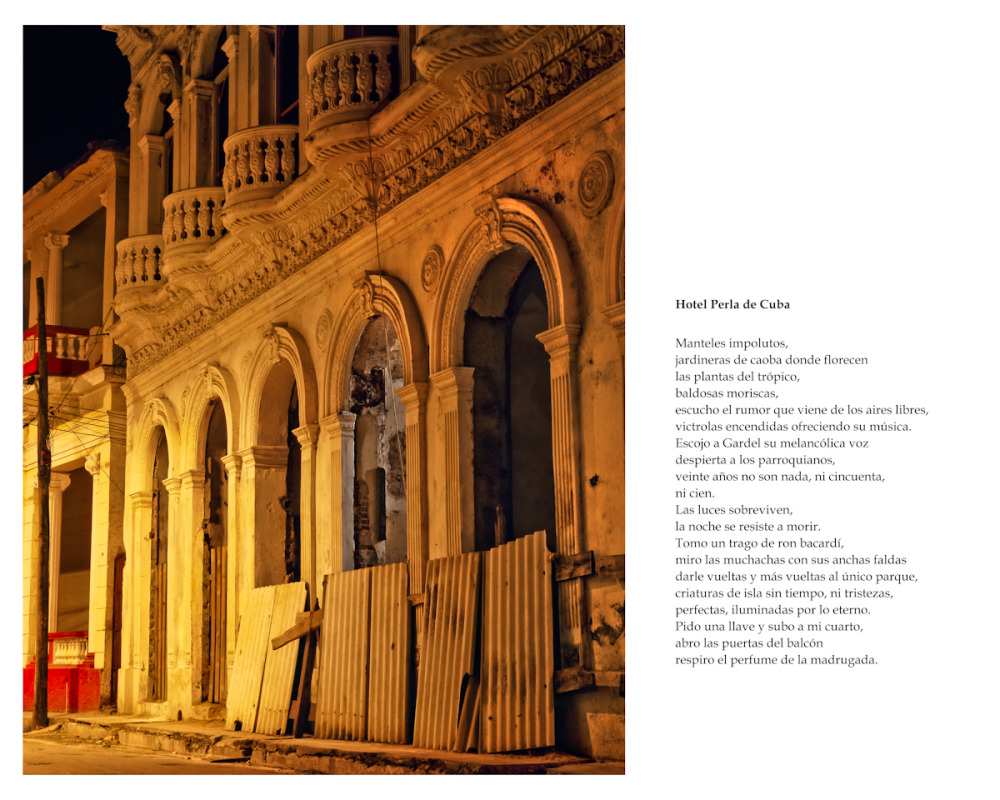
Escritura de Ciudad
A collaboration with Cuban writer Liudmila Quincoses. Poetry an Photography.
Estos poemas los escribí a mi paso por Cuba.
Sorprendido por la luz y el vacío,
por las noches de calor intenso,
por la sorpresa siempre creciente
que supone ser un extraño en tierra virgen.
//////////////////////////////////////////////
These poems I wrote to my time in Cuba.
Surprised by the light and emptiness,
nights of intense heat,
ever-increasing surprise
it means to be a stranger in the wild.
///////////////////////////////////////////////
This project explores Cuba through the visual imagery of a United States artist – Aaron Bocanegra – and the poetic imagery of a Cuban writer – Liudmila Quincoses.
The photographs are made first then Liudmila writes the poetry from her perspective on Aaron’s thoughts. As the photos reveal Aaron’s exploration of Cuba — as well as the burgeoning Punk Rock sub-culture – the poetry brings out an internal dialog shared between both artists and their work.
Cuba is a place of beauty and art. This collaboration seeks to develop Cuba/American relationships through culture while creating a narrative for a vital time and space in Cuban history.
//////////////////////////////////////////////////////
Este proyecto explora Cuba a través de la imaginería visual de un artista de los Estados Unidos – Aaron Bocanegra – y la imaginería poética de un escritor cubano -Liudmila Quincoses.
Las fotografías que se hacen primero y luego Liudmila escribe la poesía desde su perspectiva en los pensamientos de Aaron. Como las fotos muestran la exploraciónde Aaron de Cuba -, así como el Rock Punk floreciente subcultura – la poesía lleva a cabo un diálogo interno compartida entre ambos artistas y sus obras.
Cuba es un lugar de belleza y el arte. Esta colaboración trata de desarrollar en Cuba-American relaciones a través de la cultura, mientras que la creación de una narrativa por un tiempo vital y espacio en la historia de Cuba.

Entre Dos Ríos
Watercolor Paintings Done in Collaboration with Cuban Artist Hermes Entenza
Rivers are truly the lifeblood of a city, especially when it comes to the founding of a site. Aaron has been researching an making art about the Los Angeles river since 2003. It is a source of life, creation as well as being a record of a population’s culture and waste. Anthropologically there is much a river can tell us about a society.
Through conversations with Hermes Entenza – A Cuban Painter – a concept formed as a basis of a conversation between Hermes and Aaron as well as between Sancti Spiritus, Cuba and Los Angeles. By exploring the materials and concepts of both cities through painting a dialogue is engendered revealing our experience within the context of two sites.
The boundaries were simple. Each artist would create watercolor paintings utilizing the water from the rivers while looking to the culture of the individual city for content. Hermes took it a step further by making his paper with found materials as well.

Up North
A feature length documentary (1hr 57 min) exploring the experience of change in the north
We are in the process of finding a way to self-distribute online.
Up North is a completely independent feature length documentary that won the Best Art Documentary award at the Mammoth Mountain Film Festival in 2010. The piece was shot by Drew McIntosh, Aaron Bocanegra an Rob Lutener. Aaron edited the piece.
Our environment and culture have been linked to our evolution since the dawn of civilization. Currently that linkage appears to be having an increasingly evident impact on our ecology and environment with little change in global culture. This dissonance is exaggerated intensely in our most delicate environments. Northern Canada is one of these environs.
In the summer of 2007, Drew McIntosh, Robert Lutener and Aaron Bocanegra set out on a journey across the north into the Arctic Circle, in exploration of the impact social, cultural, economic, an environmental (amongst others) change has on the landscape and people’s lives.
Their 8500 KM (5282 mile) adventure began in Edmonton, Alberta, four hours south of the largest proposed industrial project in history, the Athabasca Oil sands. Traveling through Alberta, British Columbia, Alaska, The Yukon, and the Northwest Territories they arrived in Inuvik, at the end of the 750 KM (466 Mile) gravel Dempster Highway, 200 KM (124 miles) north of the Arctic Circle.
Through conversations with First Nations Chiefs, Elders, comedians, artists, dancers and mountaineers, Up North takes you on a journey of discovery and inquiry delving into a mulitilayered look at forms of change including economic, environmental, cultural, social, political, dromological and linguistic. Set against the stunning beauty of North America’s last wilderness, it accesses an alternate history of Canada’s north, told through the wisdom of experience and the reflection of our culture in the landscape.
The project was and has continued to be entirely self-funded without any grant support or government support. We are not affiliated with any outside interest. The goal was to allow the landscape and the people to been seen and heard in their own voices. In addition to putting our money and time into the project we were helped a great deal by the donation of both the van and the trailer as well as camping supplies by friends and family. Without the support of those who believed in the project we would not have been able to accomplish as much as we did.
A journey of this magnitude tends to change a person, and we all felt different and better for it.
Producers
Drew McIntosh
Aaron Bocanegra
Robert Lutener
Director
Drew McIntosh
Writer
Aaron Bocanegra
Editor
Aaron Bocanegra
Sound
Robert Lutener
Motion Graphics
Aaron Bocanegra
Dion Courson
Graphic Designer
Justin LaFontaine
Score
James Stewart
Subtitles
Amy McKenzie

Kayaking the Porcíuncula
3 Channel Video 38 Minutes
In creating the third installment of the Porcíuncula trilogy Aaron wanted to explore Los Angeles through the river that gave it life at the pace that it flows through the city.
The video piece has three distinct channels synchronized together with text. Within the center channel the performance of traversing the city by water is revealed. The imagery allows the viewer to look back at a city that often refuses to acknowledge the existence of the river that flows through it.
At times urban and riparian the slow pace is frequently at odds with the pace of the world around it. The cacophony of sound, reverberating across the water and concrete, blends into a soothing noise, evoking the sounds of a natural river.
The other two channels serve three primary purposes. One is to reveal a narrative that slips in and out of being represented in the footage. Another utilizes footage from various locations to expose the cultural imagination of what a river is, and more importantly should be.
The final element utilizes footage from the aqueducts and the rivers and lakes that have been dried up to allow the performance of kayaking a desert river. This element expands the boundaries of the river and amplifies the seductive calm that exists intermittently while kayaking the Los Angeles River.
Kayakers
Aaron Bocanegra
Marcos V. Perez
Reza Monahan
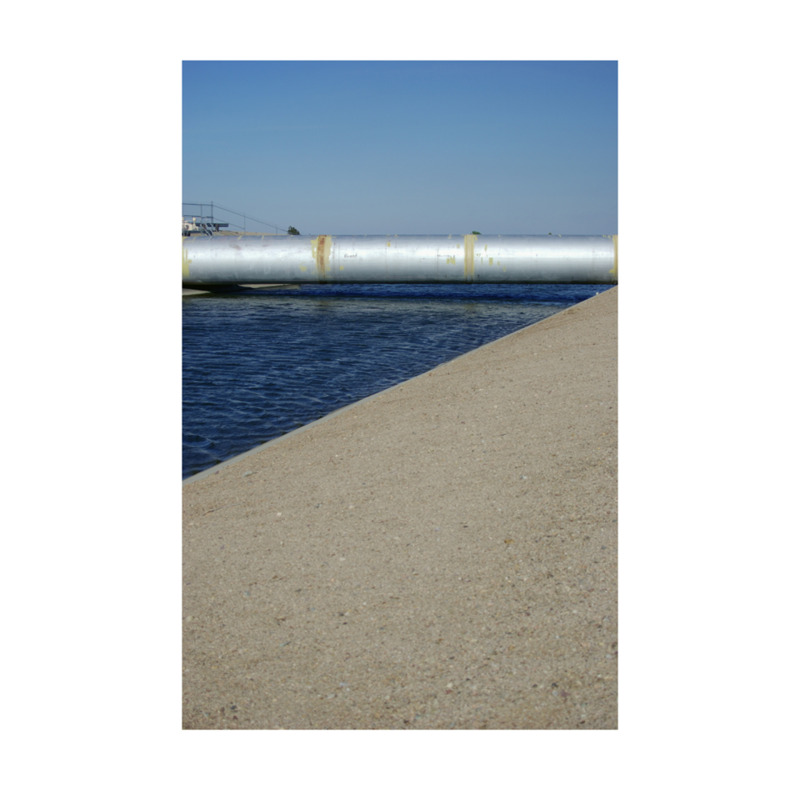
Sources
A series of 30x30 an 12x12 inch photographs exploring an expanded LA watershed
Sources took Aaron across California and Arizona. His goal was to explore the watershed of the Los Angeles River from a greater perspective.
Instead of including solely the traditional watershed he also examined the three aqueducts that feed Los Angeles (Los Angeles, Colorado, and California) which leads to runoff in various forms that supply the LA River.
The aesthetic takes on a traditional landscape imagery approach looking at the beauty of the man-made structures in much the same way one would look at a natural river. The ecological and political implications are made by the immensity of the content, the destination, as well as the impact on the landscape by the forms.
Exploring the landscape by motorcycle an camera based on intense research was an incredible experience born out in the aesthetic of the imagery.
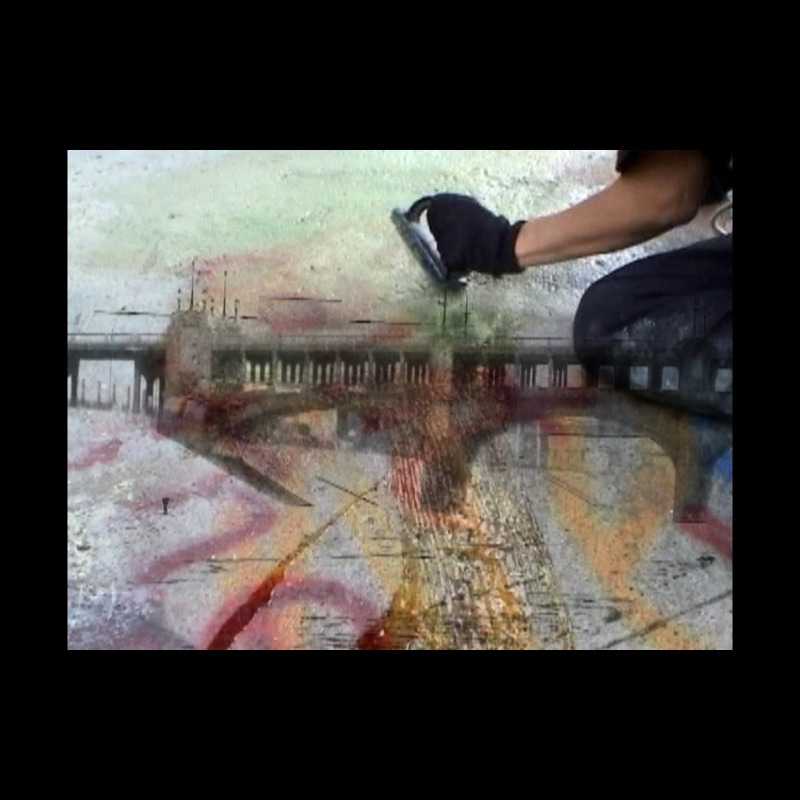
Porcíuncula
Video, 21 minutes, Polaroids, Black and White Photographs, Sculptural Water Elements
Porcíuncula looks at the portion of the Los Angeles River passing through downtown Los Angeles. This section was chosen due to the fact that the first settlement of Los Angeles was on top of a 3000 year old Tongva Indian settlement known as Yagna.
Aaron was interested in looking at the site as an epicenter of culture. There were two key concepts the piece was built on. The first was current use of the site. He then looked at those dwelling in the river, Hollywood’s use of it as an imaginary location, the cities use for training the fire department and bus drivers, graffiti culture and recreation to name a few.
The second concept was looking at the performance of archaeology and geology as they reflect each other in the layers of the river itself. Aaron worked with a correlation between the geological experience of exploring the history of a river by digging through layers of sediment to read the evolution of a site and the archaeological method of digging through a contextual space to learn of a culture by the art and craft left behind over the ages. By intertwining the geological and archaeological he developed an aesthetic of peeling layers away to describe history and create imagery drawn from the culture surrounding the river.
The video plays with multiplicty within voices based on over a year of research. These voices tell the story of the river and the lives of those involved with it. The voices are in 5.1 surround allowing them to move through space an at times intersect. The video is layered in multiple manners including the use of graffiti as a masking element.
The photographs were all taken with medium format polaroid film and printed traditional fiber paper. They serve as a document of textures and spaces which reveal the distinctly urban beauty and mystery of the river.
The scupltural element is a references to the river’s structure. Filled will LA River water and including a subwoofer underneath project vibration from the audio of the video through the scuplture. As the water stagnates a film of pollutant is coalesced. The vibrations cause the film to reconfigure without being turbulent enough to destabilize.
Porcíuncula was done as Aaron’s thesis project at Art Center College of Design in 2004.











